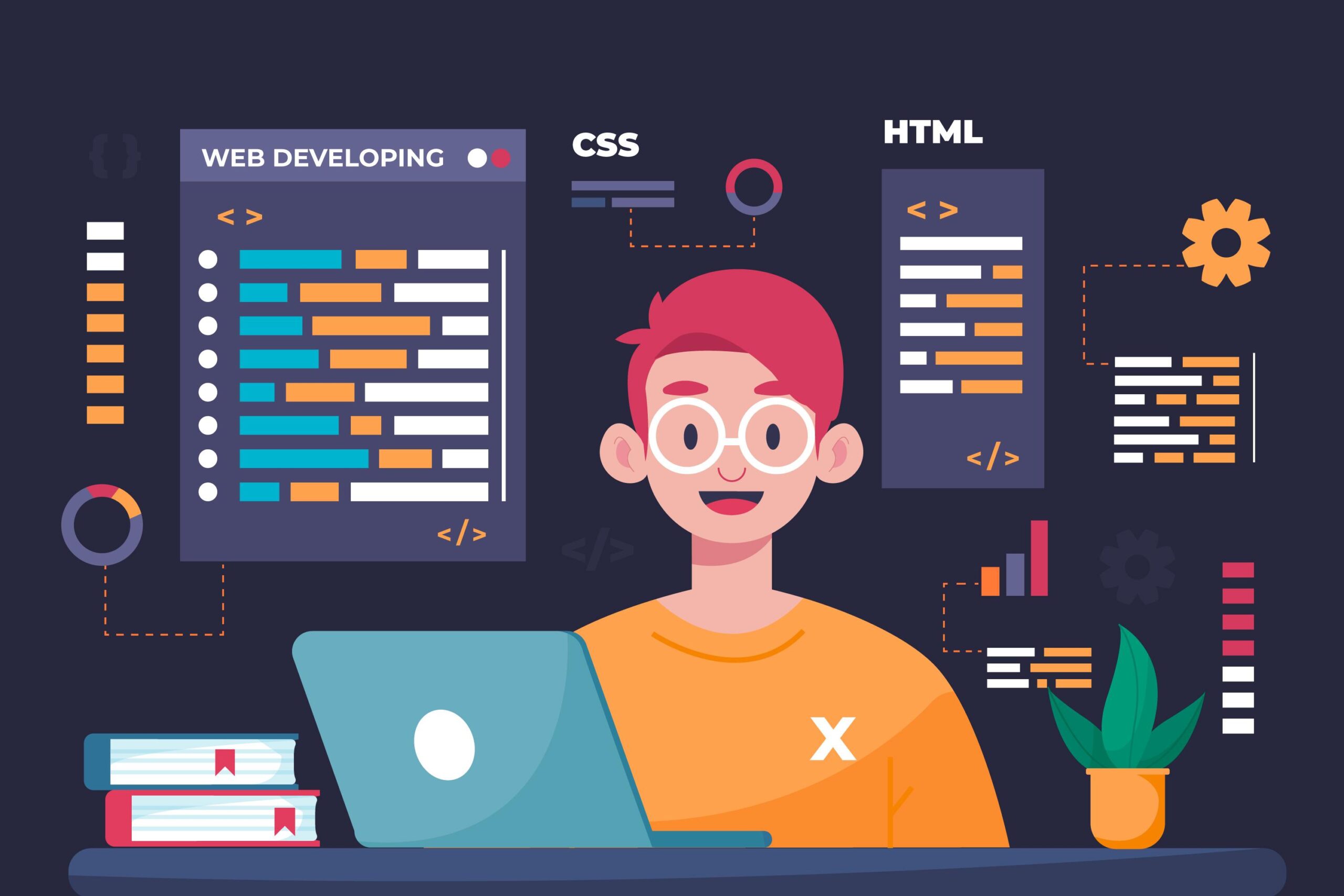Introduction: The Transformative World of Front-End Development
In the digital era, front-end development continues to evolve rapidly, shaping how we create and interact with web applications. As we step into 2024, this article delves into the key trends and tools that are revolutionizing this field, offering insights into how they’re enhancing both developer productivity and user experience.
React: Leading the Way in UI Development
React, pioneered by Facebook, remains a top choice for developers crafting user interfaces. Its component-based structure promotes reusable code, streamlining development. The latest features, like hooks and functional components, further establish its versatility in the realm of modern web applications.
Vue.js: Simplifying Web Development
Vue.js stands out for its simplicity and flexibility, especially in smaller projects. Its approachable learning curve and adaptable ecosystem make it ideal for crafting interactive, high-performing web applications, blending advanced features with ease of use.
Angular: The Go-To for Large-Scale Applications
Backed by Google, Angular is a mainstay in large-scale applications, offering a robust framework with features like two-way data binding and full TypeScript support. Its command-line interface enhances scalability and maintainability, key for complex projects.

Tailwind CSS: A Utility-First Paradigm
In the world of CSS frameworks, Tailwind CSS takes a utility-first approach. Offering low-level utility classes, it allows developers to build custom designs directly within HTML, providing greater control and leading to more efficient, maintainable code.
Progressive Web Apps and Mobile-First Design
The shift to mobile-first design is clear, with Progressive Web Apps (PWAs) leading this trend. Offering a native app-like experience on the web, PWAs combine the best of both worlds. They’re fast, reliable, engaging, and especially beneficial in areas with limited internet connectivity.
Frameworks Facilitating Mobile-First Design
Frameworks like Bootstrap and Materialize have evolved to support mobile-first design, providing responsive grids and flexible images. This simplifies creating mobile-friendly web applications from the start.
Conclusion: The Future of Front-End Development
As we’ve seen, the front-end development landscape is dynamic and ever-evolving. From advanced frameworks and libraries to the essential role of PWAs and mobile-first design, these trends shape not just the present but the future of web development. The integration of AI and machine learning is another exciting area, promising more personalized and intelligent user experiences. Moreover, the focus on accessibility and voice user interfaces reflects a commitment to inclusivity in web design.
As developers, staying abreast of these changes is crucial. By embracing these trends, we can create web applications that are not only technically sophisticated but also provide meaningful experiences for users. The future of front-end development is ripe with potential, making it an exhilarating time to be in this field, as we contribute to the innovations that will define tomorrow’s web experiences.
- The Evolution of Front-End Development: Key Trends and Tools for 2024 - January 25, 2024
- WebAssembly: The Game-Changer in Modern Web Browsing - October 26, 2023
- The Imperative of Mobile-Friendly Websites in Modern Digital Interaction - August 10, 2023


0 Comments